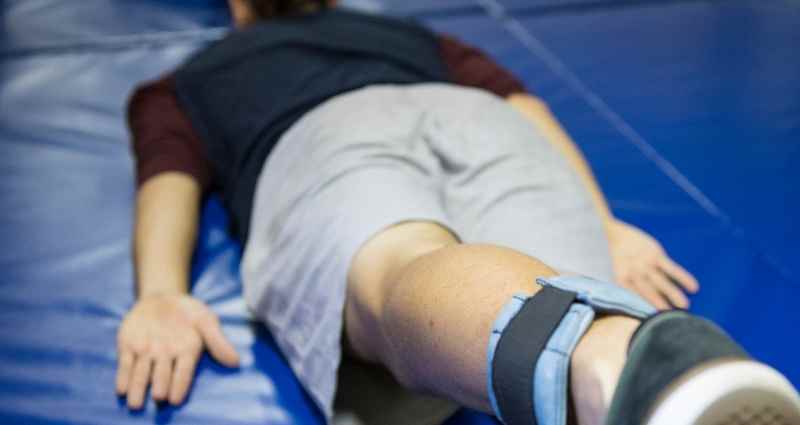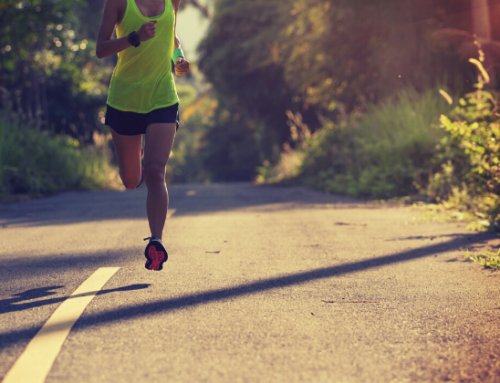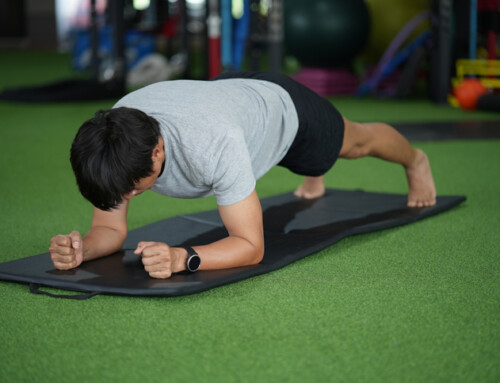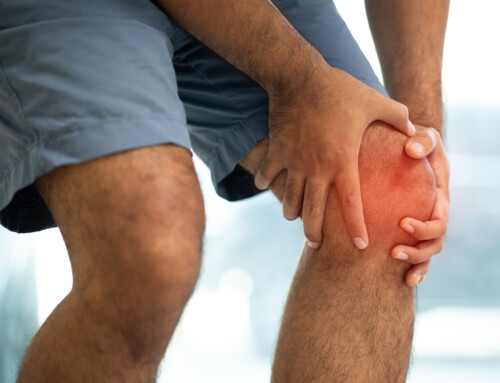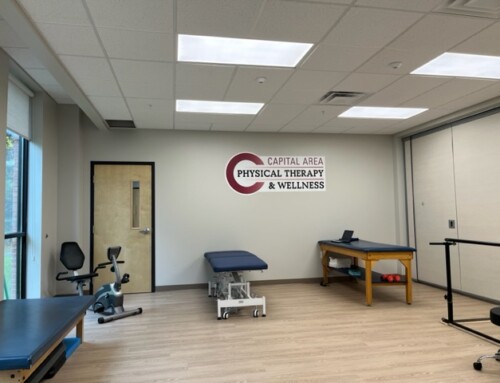by Christine DiVirgilio, SPT
What is the ACL?
The ACL stands for the anterior cruciate ligament. It is one of four different major ligaments within the knee joint. Its function is to stabilize the knee by acting like strong ropes to hold the bones together.
The ACL prevents the tibia from sliding out in front of the femur and provides rotational stability to the knee. The most common knee injuries are an ACL sprain or tear. People who have injuries to their ACL are usually athletes who participate in high demand sports such as soccer, football, and basketball. Injury to this ligament may warrant surgery to regain function of your knee. However, this will depend on several factors which include the severity of the injury and your activity level.
(For more information regarding ACLR grafts refer to ACL Reconstruction: Choosing a Graft.)
Treatment of ACLR
The purpose of this protocol is to provide you with a general guideline for an anterior cruciate ligament reconstruction (ACLR) post-operatively. This is not meant to be a substitute for your physicians/surgeons’ protocol, and you should follow their recommendations.
General progression of activities of daily living
You may begin the following activities at the dates indicated (unless otherwise specified by your physician):
- Bathing/Showering without the brace: refer to your surgeon’s post-operative instructions
- Sleep with the brace locked in extension for 1 week
- Driving
- 1 week for automatic card w/ left leg surgery
- 4-6 weeks for standard cars or right leg surgery
- Brace locked in extension for 1 week for ambulation
- Use of crutches, brace for walking for 6 weeks
Phase I
- Timeframe: 0 – 6 weeks post-op
- Attendance: 1 – 2 visits/week
- Goal immediately post-op to about week 6:
- Protect the graft by wearing the knee immobilizer
- Control inflammation
- Education of the rehabilitation progression
- Normalize gait (walking) mechanics
- Goal by the end of Phase I to enter Phase II
- Good quad set, straight leg raises (SLR) without extension lag (maintain a straight leg)
- Knee flexion to 90 degrees
- Full active extension (knee straight) range of motion in sitting
- No signs of active inflammation
Phase II
- Timeframe: 6 – 8 weeks
- Attendance: 2 – 3 visits/week
- ACL reconstruction with meniscal repair or transplants will demonstrate avoidance of knee extension strengthening
- Goal by the end of Phase II to enter Phase III:
- Initiate closed kinetic chain exercises including stair climbing, squats, lunges, etc.
- Restore normal gait function
- Protect graft fixation (the graft is at its weakest state in this stage)
Phase III
- Timeframe: 2 – 6 months
- Attendance: 2 – 3 visits/week
- Goal by the end of Phase III to enter Phase IV:
- Full pain-free knee range of motion
- Improve lower extremity to prepare for functional activities
- Strength
- Endurance
- Proprioception (bodies awareness in space)
- Avoid overstressing the graft
- Protect the patellofemoral joint/ no joint irritation
- Improve strength and proprioception (body awareness in space)
- Clearance from physician to initiate advanced closed kinetic chain exercises and functional progression
Phase IV
- Timeframe: 6+ months
- Attendance: 1-2 visits/week; Discharge after completion of appropriate functional progression
- Goal by the end of Phase IV to be discharged:
- Progress strength, power, and proprioception to prepare to return to functional activities and return safety to work or athletics
- No complaints of pain
- Necessary joint range of motion, proprioception, and endurance
- Physician clearance to resume partial or full activity
Phase V (For athletes and high functioning individuals)
- Timeframe: 9+ months
- Attendance: If required 1-2 visits/week
- Goals for phase V:
- Initiate cutting and jumping activities
- Completion of appropriate functional progression
- Maintenance of strength, endurance, and proprioception
- Patient education with regards to any possible limitations
- Functional brace may be recommended by the physician for use during sports for the first 1-2 years after surgery
Capital Area Physical Therapy & Wellness physical therapy clinics in the NY Capital Region include Saratoga, Malta and Queensbury NY. Contact us for more information on treatments and techniques to help you decrease pain, improve function, and reach your goals. Call 518-289-5242 today to schedule your evaluation.

